Qufu, located between Tai’an (Mt. Taishan) and Rizhao City, is a place worth to visit because it is the birthplace of Confucian culture. In my plan, I would like to have a trip to worship Confucius in one day.
The street was clean when we arrival there, because it rained a day before we reached there. So I felt very comfortable and leisure in this place.
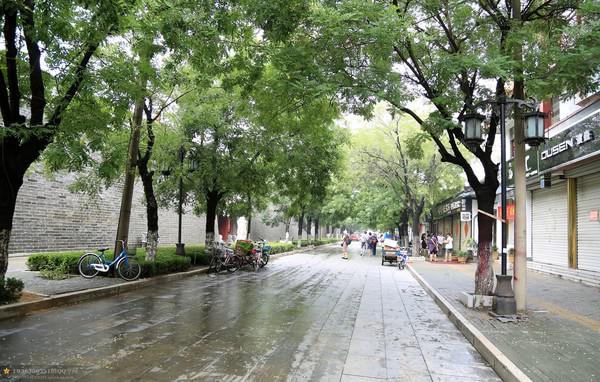 Entrance Tickets:
Entrance Tickets:
Confucius Temple CNY 90 per adult
Confucius Family Mansion CNY 60 per adult
A connecting ticket for three Confucian cultural attractions (Confucius Temple, Confucius Family Mansion, Confucian Cemetery) CNY 150 per adult
After we bought the connecting ticket, the first attraction we planned to visit was
Confucius Temple.
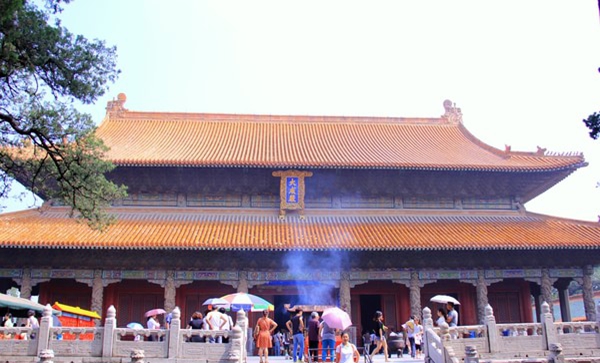
It was common to see the above representative picture of Confucius Temple, thus I always thought Confucius Temple was just a temple only. After I checked about more details of this place, I knew that I was wrong.
It is said that in the second year after Confucius passed away (478 B.C.), the King of Lu Country in Spring and Autumn Period renovated his residence into a temple. With the time past, emperors in generations rebuilt, extended, and re-designed time by time. Till now, it becomes a large-scale temple group.
Lying in a north-south direction, there are 9 doors (means there are 9 courtyards) in the temple, covering an area of 95000 square meters..
Together with Forbidden City in Beijing, Summer Resort in Chengdu, Qufu Confucius Temple enjoys the reputation as “one of the top 3 Chinese ancient architectures”, regarded as a representative of Chinese ancient large-scale temples.
The main structure of Confucius Temple follows the symmetry rule. See the following pictures to know the symmetry rule in this architecture.
First Door
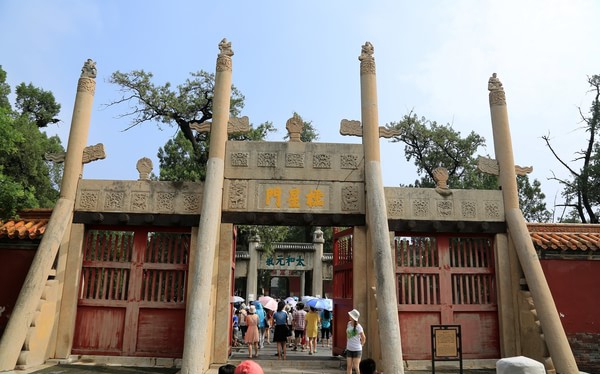
Second Door
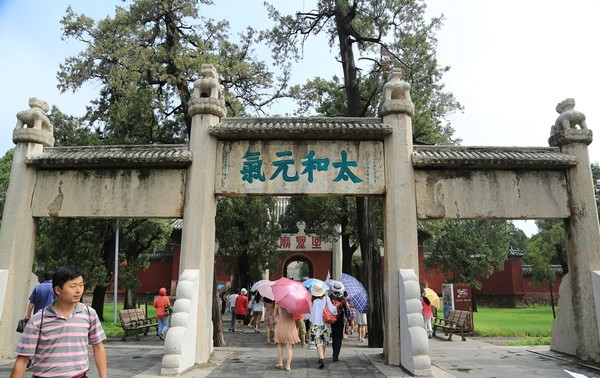
First Courtyard
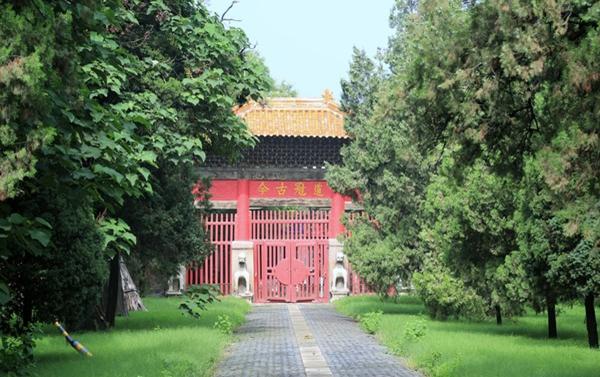
After went through a door called Shenshimen, we reached second courtyard. There were three stone bridges inside the courtyard
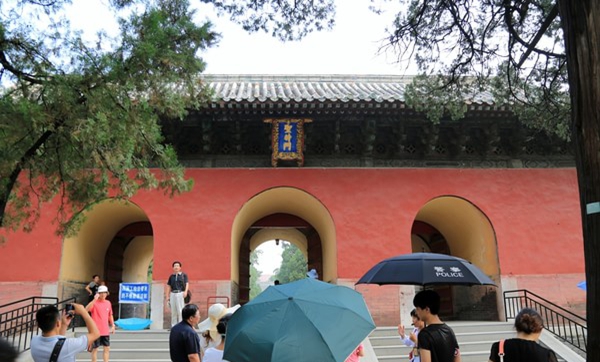
Kuaidumen or Kuaidu Door, could be explained as a fast glimpse door.
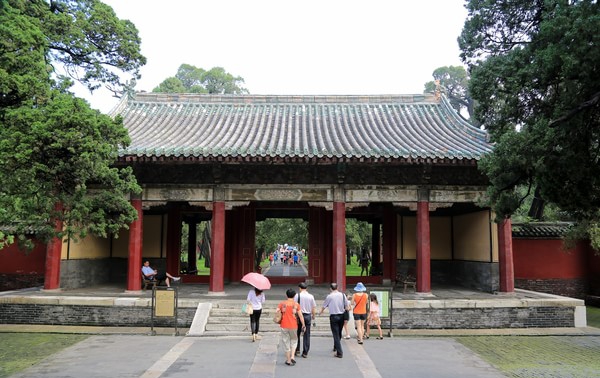
In the front of the eyes is Big Middle Door. After this door, we would arrival forth courtyard.
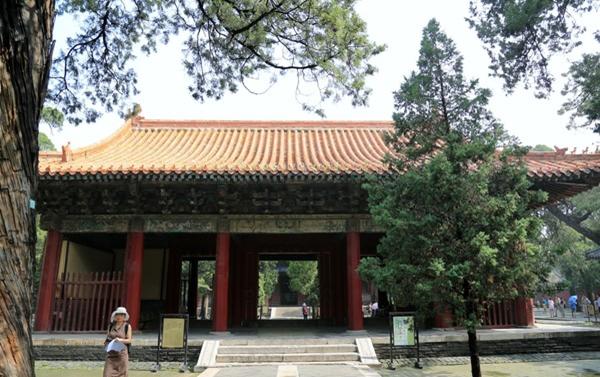
Inside this courtyard, in the middle, is Tongwen Door. Both left and right sides are set a big standing stone tablet and a pavilion. Looked back, there were two turrets. These two turrets, together with another two in northeast and northwest corners, form into a square which was once the original area of Confucius Temple. After thousands of years, these relics are still standing here to protect the temple.
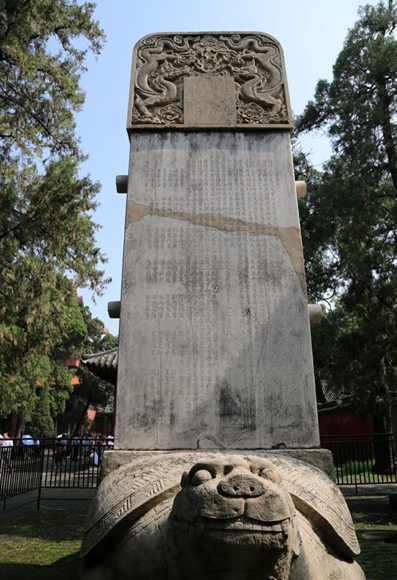
Continue to move on, a high pavilion is coming into eyes. It is the famous pavilion - Kuiwen Pavilion, an famous ancient library in the past. It is a wooden structure with four floors. After a rebuilt project in 1504, it is still there without destroying by the time.
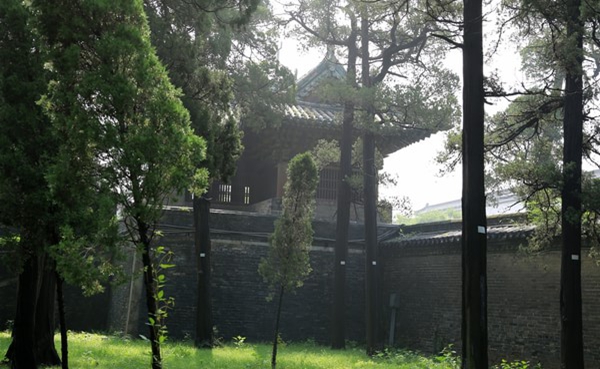
Continue to visit the fifth courtyard. It is a yard with 13 standing stone tablets. Among them, there are 2 in Jing Dynasty, 2 in Yuan Dynasty, and 9 in Qing Dynasty. Another highlight of this place is the pavilion here.
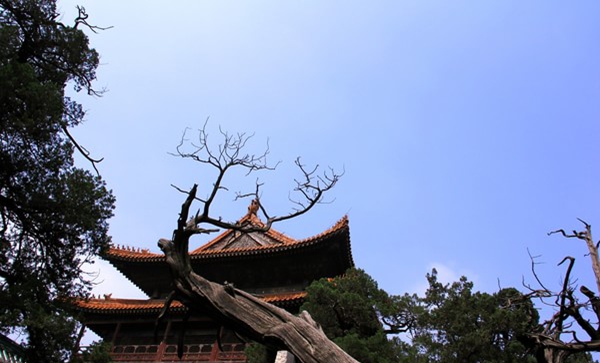
The following site was Dacheng Door. The highlight of Dacheng Door is the elaborate architectural style.The traditional Chinese palace decoration especially the roof is the most attractive part here.
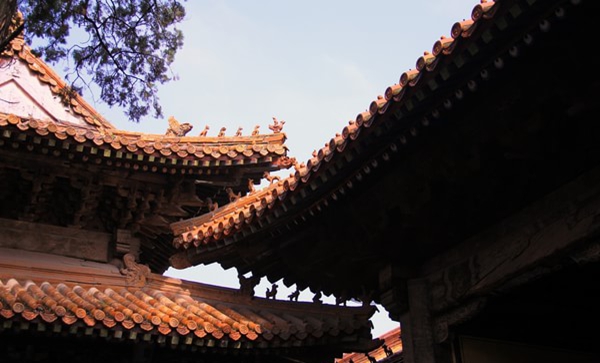
The following picture is Xingtan Pavilion. It is said that it is the place of Confucius Class. But no records to prove whether it is right or wrong.
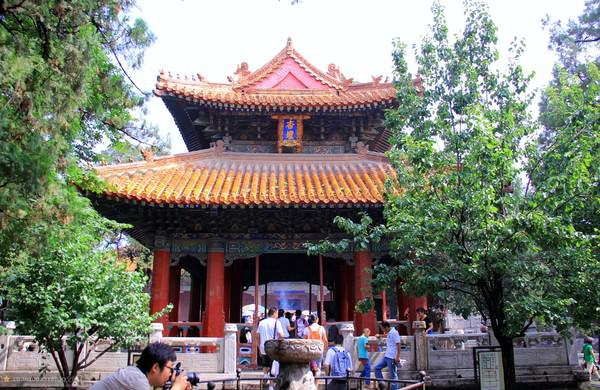
Passed through the Xingtan Pavilion, we arrived the namecard of Confucius Temple - Dacheng Hall, enjoyed a fame “one of the top 3 most beautiful halls in Eastern World”.
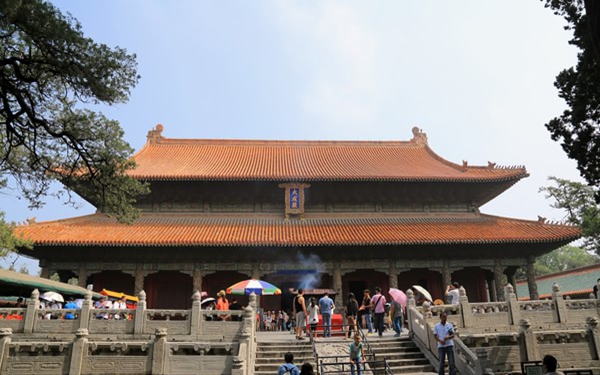
Dacheng Hall is built to worship the statue of Confucius. It is also the Chinese calligraphy exhibition hall of Emperors in Qing Dynasty. The following picture shows the calligraphy brand which wrote by emperors such as Yongzheng, Qianlong, etc.
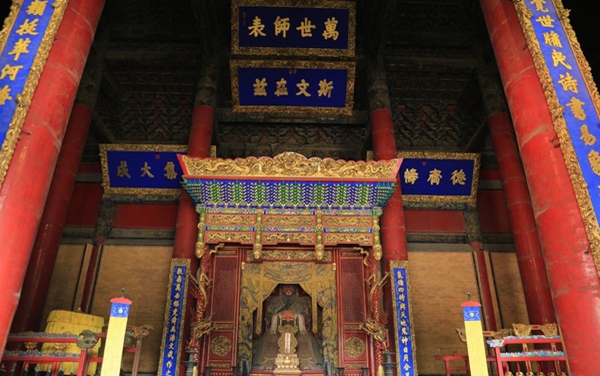
Lu Wall, it is said this wall was the original wall of Confucius residence. In Qin Dynasty, the descendant hid Confucius’s books inside this wall to get rid of destroying by the government. In Han Dynasty, the books had been discovered inside the wall. And in Ming Dynasty, a stone tablet was built here to memory the historic story.
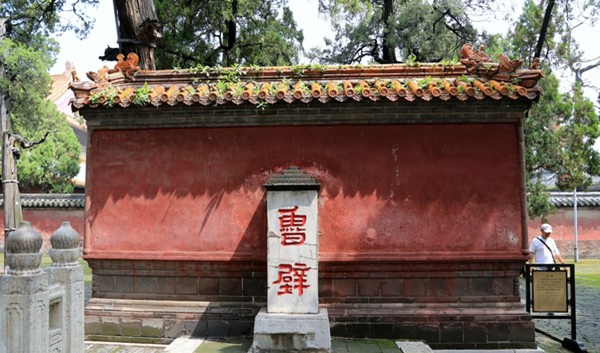
Confucius Temple, standing in Qufu for more than 2000 years, is expanded by dynasties. Finally, it develops from a private residence into a large architecture group, and is kept well till now.
 Ask a Question
Ask a Question















 Previous: Eating in Urumqi—A Intermittent Tour in Urumqi
Previous: Eating in Urumqi—A Intermittent Tour in Urumqi Next: A Brisk Walk Tour To See the Old Architecture in Qingdao
Next: A Brisk Walk Tour To See the Old Architecture in Qingdao